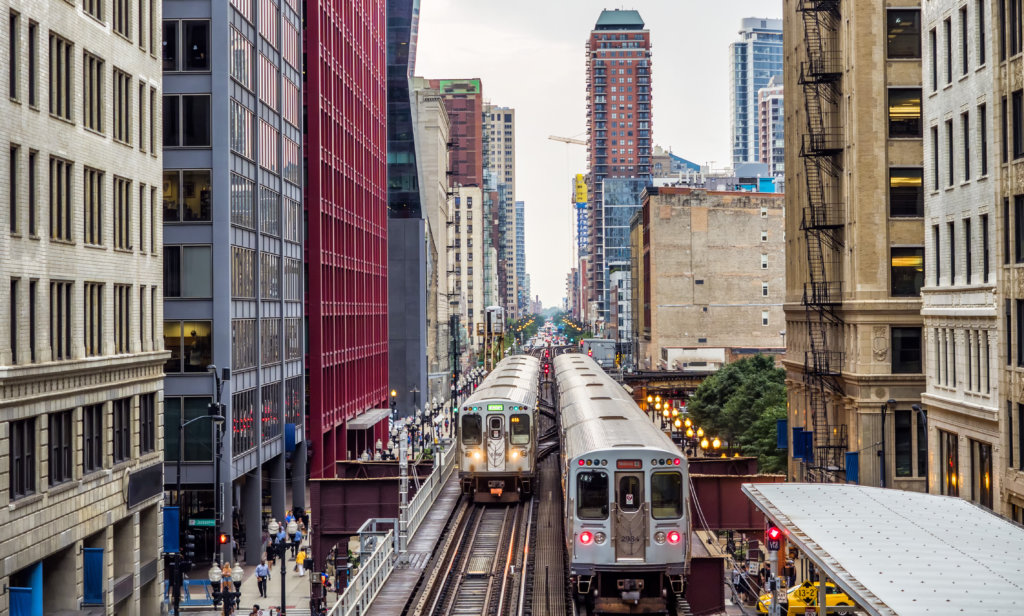– By Tom Schaffner
Robots build cars, computers fly airplanes, telephones dial themselves and coffee makers have a hot cup brewed before their owners wake up in the morning.
Has everything in the western world become electrified and digital?
Purists and those who despise progress will be happy to learn that Chicago’s Southport Lanes, a four-lane bowling alley located at 3325 N. Southport, is continuing a tradition established on its first day of business in 1914. The alley remains one of the last places in America that still utilizes human — not automatic — pinsetters.
The operative question here is “why?”

Why would an establishment like Southport Lanes Bowling Alley resist an invention that 99.9 percent of all other bowling alleys embraced decades ago?
Many years ago, owner Leo Beitz, now deceased, told the Chicago Sun-Times, that he never even thought about going automatic. Business was thriving, he told the paper.
Thriving indeed. Southport Lanes features bowling leagues most days of the week and private parties are a steady business on evenings and weekends.
Bowlers can’t get enough of the place. Because it contains only four alleys, Southport Lanes’ maximum capacity is 16 bowlers. Such physical intimacy forces people to be friendly and courteous to one another while they bowl.
The real appeal of the alley, however, is the human “element” — the pinsetters — who toil endlessly in the back of the alleys to make sure that all 10 pins are in proper position for the beginning of each frame.
What’s it like to be a pinsetter at Southport Lanes Bowling Alley?
Once each ball is thrown, the pinsetters jump down from a perch that’s located above the pin area. After the first ball of each frame, setters pick up downed pins, place them in a rack above the lane, roll the ball back to the bowler on an incline and quickly jump back onto the perch.
Following the second ball of each frame, the setters again jump down from their perches, put the remaining pins in their racks and lower them with a cord to reset the standard 10-pin formation. The ball is again rolled back to the bowler and the setter hops back up onto his perch.
Is the job dangerous?

“I’ve been hit by the pins a few times, also in the back and in the legs,” said one pinsetter who wished to remain anonymous. “But it’s just a little sting, that’s all.”
Because of the physical stress involved with the job, there are approximately 10 pinsetters employed by the bowling alley, each working two or three night per week with another setter (each is responsible for clearing and setting two alleys). The majority of the setters work at the alley for about six months to a year. Some last only one night.
They’re paid well, however, for their efforts. And whenever they work private parties, there’s always the possibility of additional income from tips.
There’s one other advantage to employment at Southport Lanes. It’s perhaps the only job in America where having a split personality appears to be a decided plus.
You can visit Southport Lanes by going on the Brown Line. L Stop Tours also hosts a Chicago city tour via the Brown Line that shows visitors the unique history of the city’s oldest pubs. Visit our Chicago historic pub tour page to learn more about our River North tour.
Update: Southport Lanes is now closed.
Holder of two journalism degrees, including a masters from Northwestern University, Tom Schaffner is a native of the Chicago area and has spent nearly 50 years as a writer, editor, publisher and professional communications consultant. He was also the founder, editor, and publisher of the Chicago File, a newsletter for former Chicagoans. Tom is also the co-owner of L Stop Tours.
POPULAR TRIPS

Duration: 3.5 hours
Price: Adult $65
- Tour price includes transit fees. Food/beverages purchased by guests.
- Tour begins and ends in the Loop.
- Walking distance: 1.5 miles

Duration: 3.5 hours
Price: Adult $65
- Price includes transit fees. Food/beverages purchased by guests.
- Tour begins and ends in the Loop.
- Walking distance: 1.1 miles

Duration: 3 hours
Price: Adult $65
- Tour price includes professional tour guide, train ride. Food/beverages purchased by guests.
- Tour begins and ends in the Loop.
- Walking distance: 1.5 miles
NEWSLETTER
Stay in the LOOP and subscribe to our monthly newsletter today!
